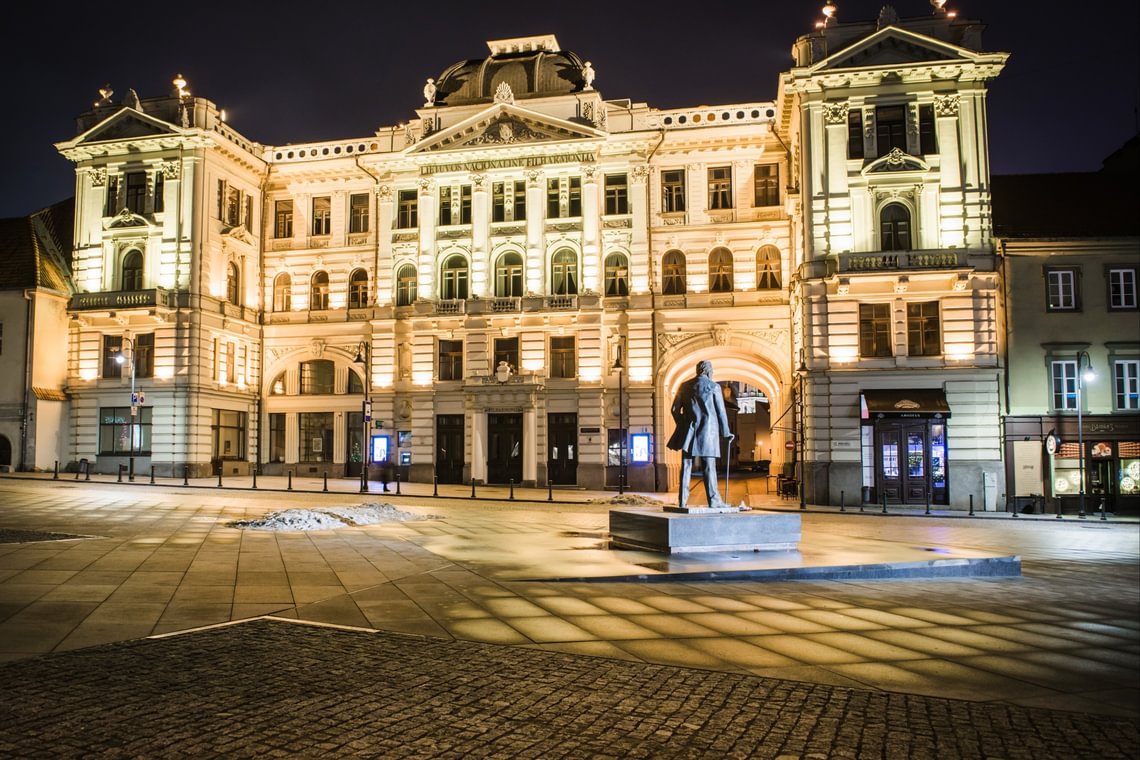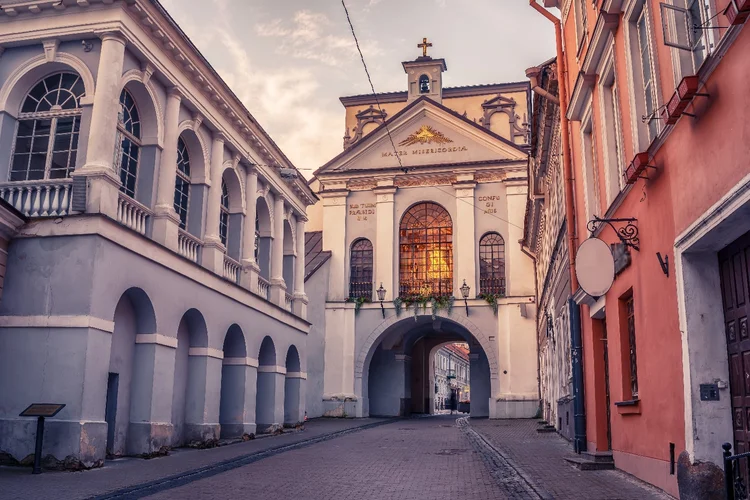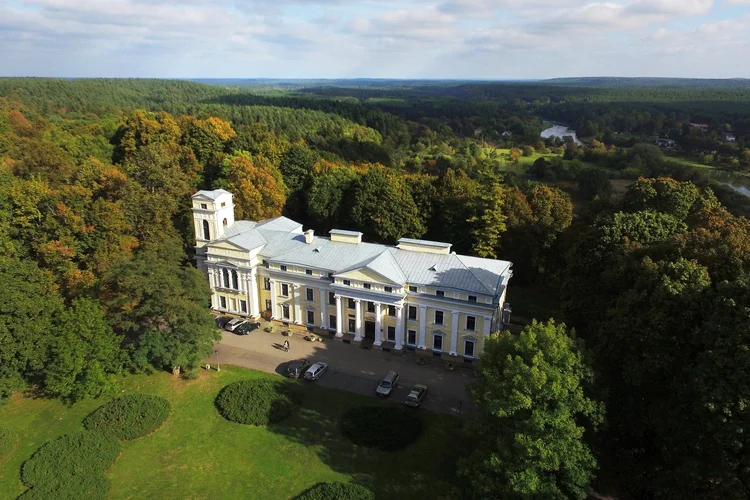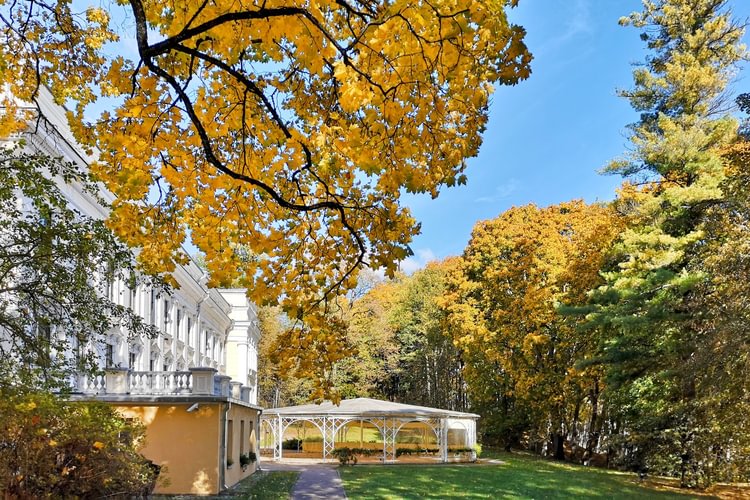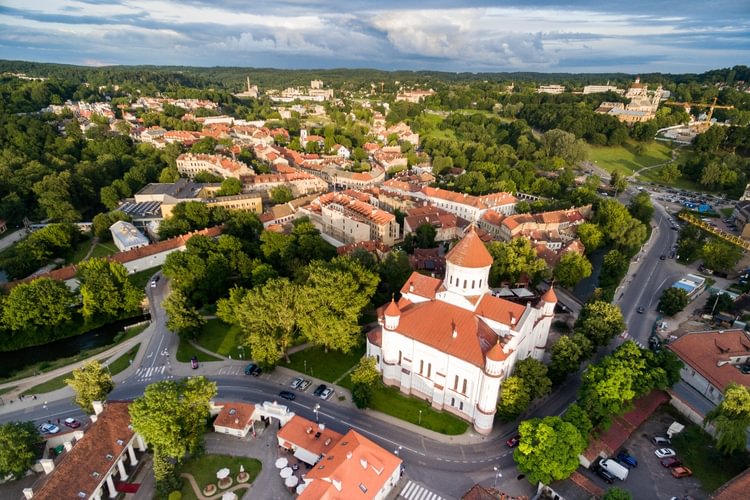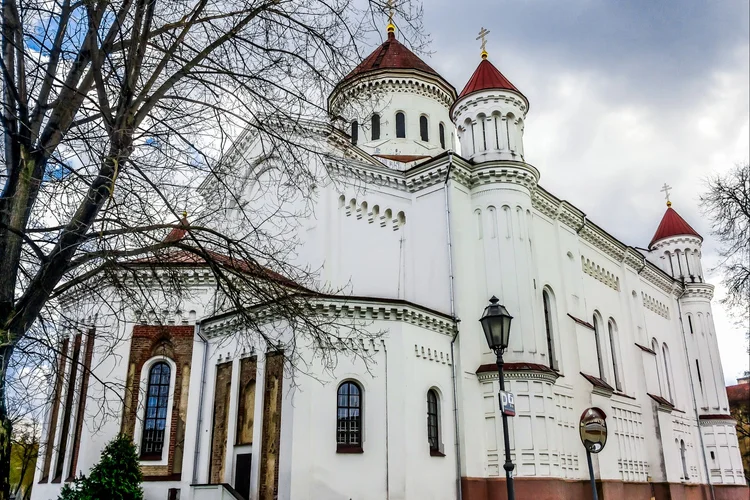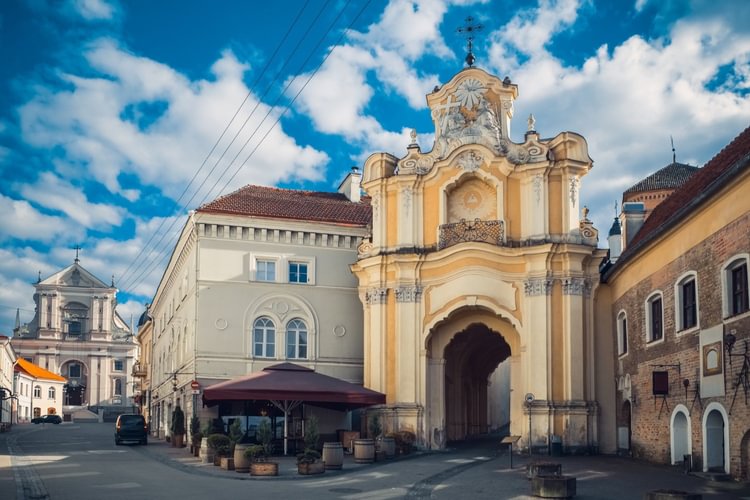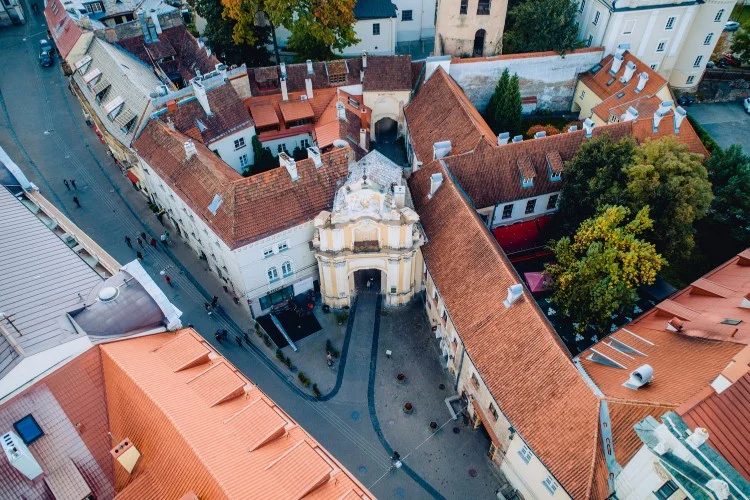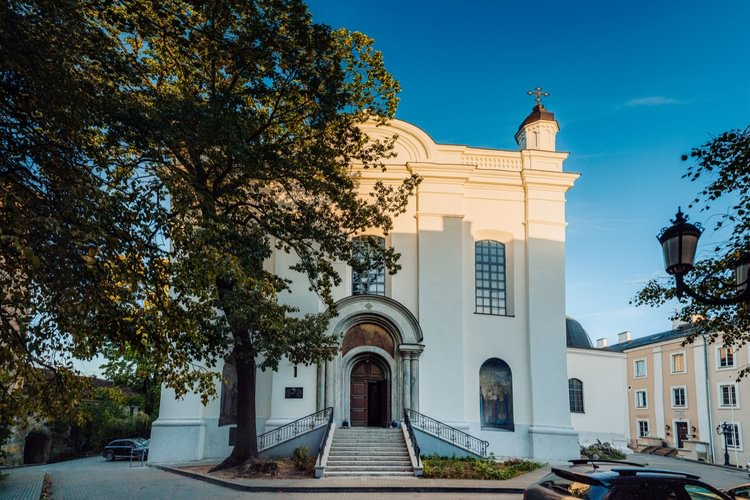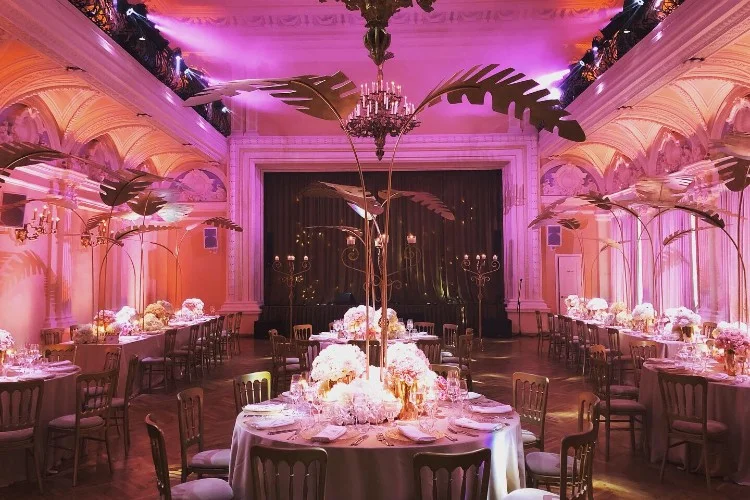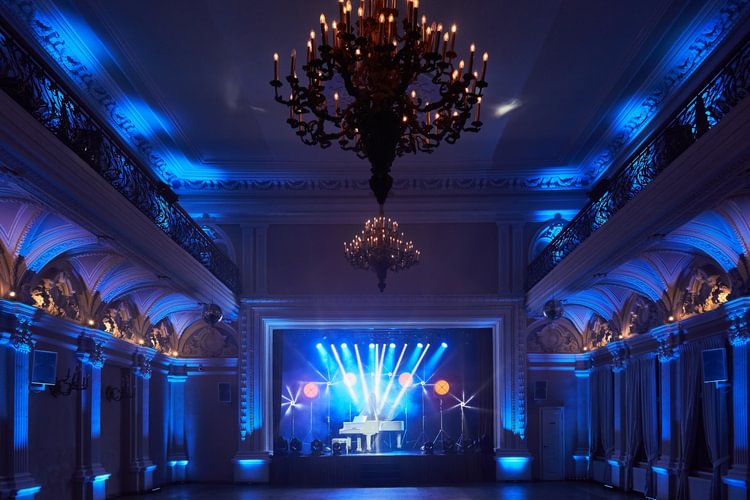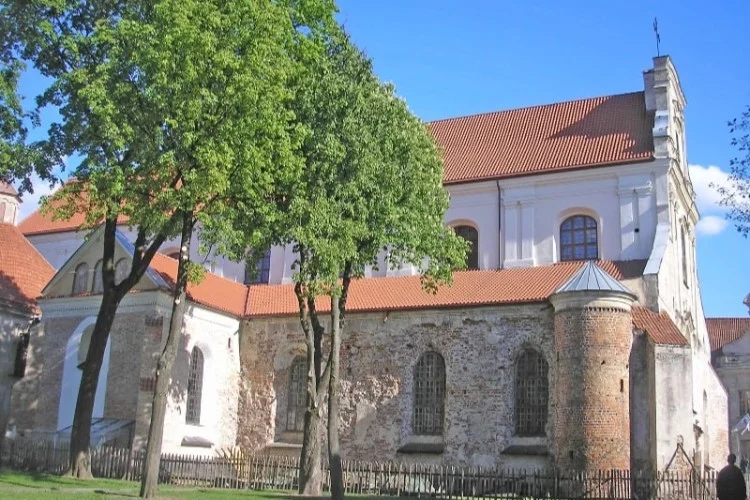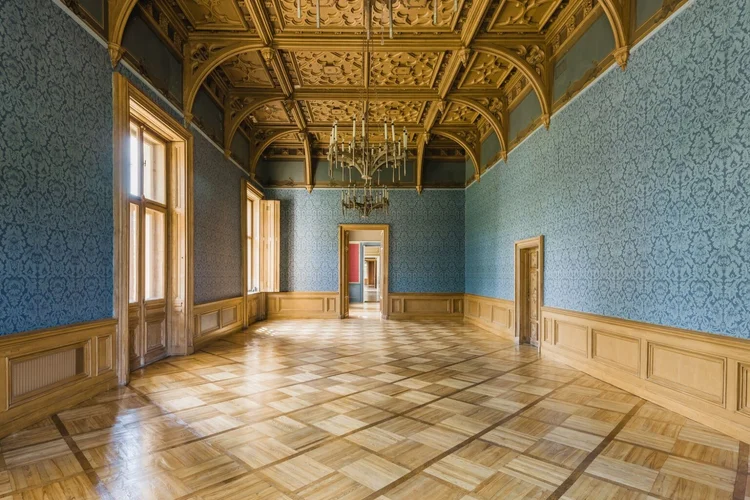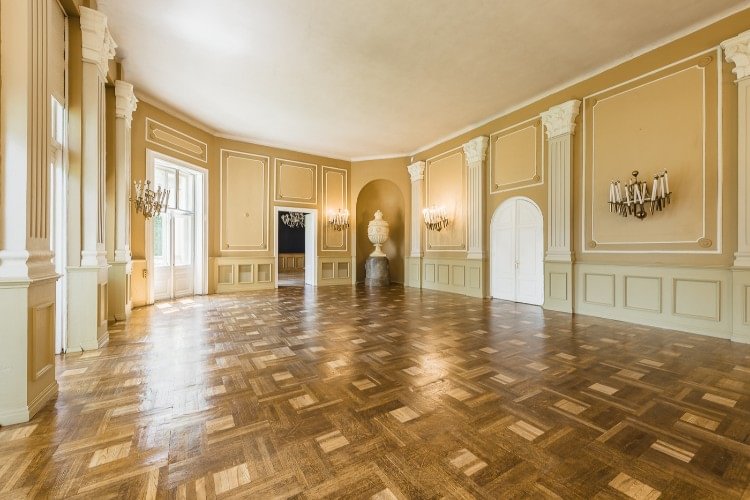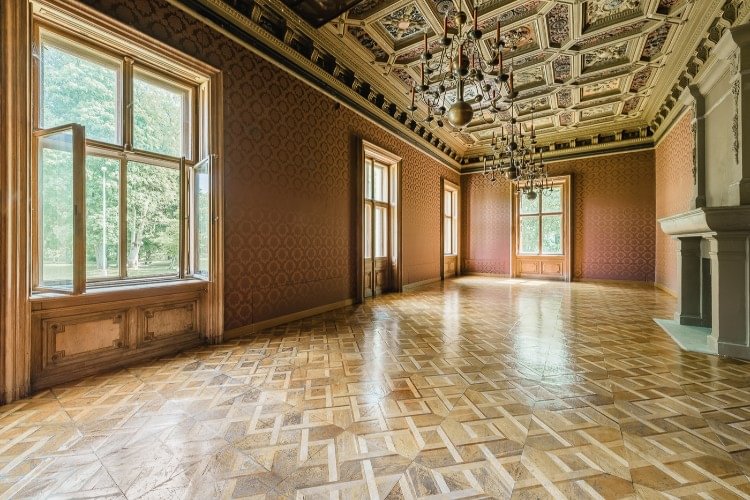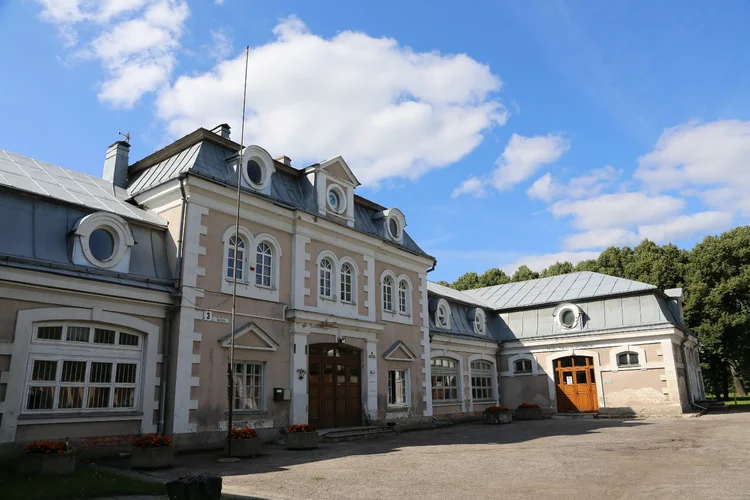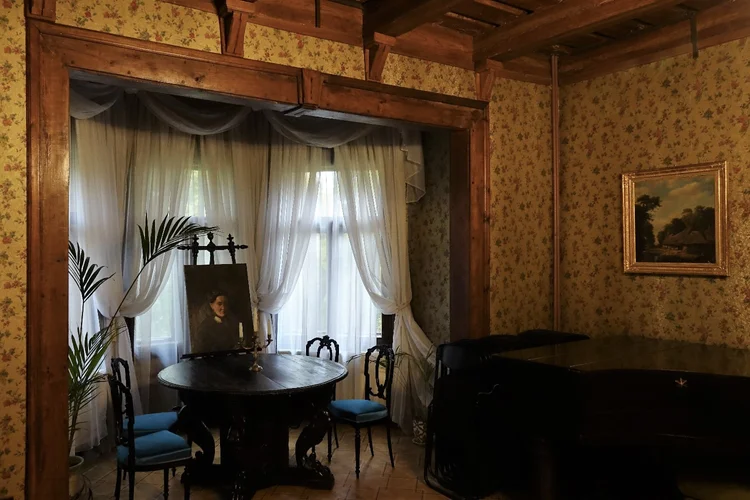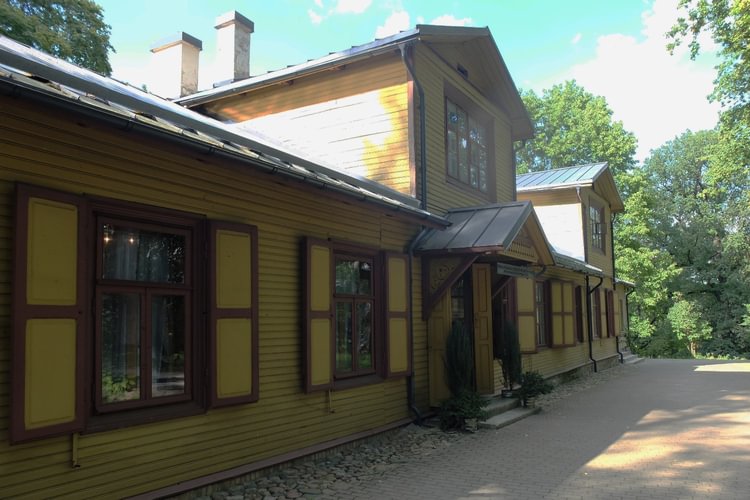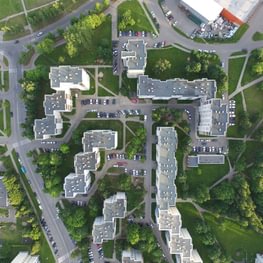Vilnius: Home of the Last Czars Netflix Miniseries
Lithuania was part of the Russian Empire for 123 years, but was able to regain its independence in 1918. And now the story of the royal Russian Romanov family has been brought back to life in Vilnius, where the latest hit Netflix miniseries The Last Czars was filmed. The big-budget series features historical scenes mixed with documentary-style narratives put forth by world-class historians. The story on screen evolves in Russia from the year 1894 until 1918, taking a chronicled look at the fall of the Romanov dynasty.
Locations visited by the real Czar
It is known that Emperor Nicholas II visited Vilnius on one occasion – in 1914 on his journey back to St. Petersburg. He even wrote about it in his diary: “I came to Vilnius. […] I visited Soboras, the military hospital, and the Red Cross hospital. I visited all the injured officers and lower rank soldiers. I bowed at the Mother of Mercy, in the Chapel of the Gates of Dawn.” Because of the warm greetings and the beauty of the city, he stayed in Vilnius for longer than initially expected.
Filming locations
Verkiai Manor (Žaliųjų Ežerų 49)
The miniseries transforms Verkiai Manor into the Moscow residence of Count Yusupov, the man who murdered Rasputin. In reality, the 18th-century neoclassical mansion belonged to prince Ludwig Wittgenstein. The palace interior has been renovated to preserve its authentic historical appearance, making it a perfect shooting location. You can visit it on a guided tour or simply walk around the old park and enjoy its beauty from the outside.
The Orthodox Cathedral of the Dormition of the Theotokos (Maironio 14)
Dating back to the 14th century, this is the main Orthodox Christian church in all of Lithuania. The church is situated on a picturesque riverbank of the Vilnelė, facing both Vilnius Old Town and the bohemian district of Užupis. Stand on the Bridge of Užupis to admire all its beauty.
“The Orthodox Cathedral of the Dormition of the Theotokos provided stunning backdrops for Czar Nicholas’ coronation, although we almost ran afoul of a problem all new Czars must have faced: the crown was too small,” Hereward Pelling, Producer of the Last Czars recounted to broadcastnow.co.uk.
The Courtyard of the Church and Monastery of the Holy Trinity (Aušros Vartų 7B)
Legend has it that the first church was built here in the 14th century by the Grand Princess Uliana of Tver, the spouse of the Grand Prince Algirdas. Once you pass through the elaborate Basilian Gates, you will discover its secret pearl – the 16th-century church and monastery. The distinctive sight of the Russian Byzantine style makes you feel right in the heart of the mini-series.
Vaidila Theatre (A. Jakšto 9)
This neo-gothic 19th-century building houses impressive halls with chandeliers and ornamentation fit for a Russian Czar. In real life, it always served as a meeting place for Lithuanian intellectuals, and was also a popular venue for plays. The building was severely damaged during World War II but has since been reconstructed to its former glory, preserving even the smallest details of cultural heritage.
Franciscan Monastery (Trakų 9)
Built in 1334, this is Lithuania’s oldest monastery. The courtyard and the buildings have kept their historical appearance through the ages, making for an impressive sight. To this day, the monastery is surrounded by many legends. The adjacent Trakai Street served as the setting for the carriage explosion that kills Grand Duke Sergei Alexandrovich in the Netflix miniseries.
Trakų Vokė Manor (Žalioji Square 2A)
Situated between Vilnius and the historic town of Trakai, this 19th-century mansion belonged to Count Tiškevičius. The park was originally designed by a French landscape architect and has maintained its original beauty and foliage to this day. In The Last Czars, Trakų Vokė Manor was used to portray Alexandra’s infamous Mauve Boudoir, complete with a reproduction painting of Marie Antoinette.
Literary Museum of A. Pushkin (Subačiaus 124)
Surrounded by lush forest greenery and quaint ponds, this museum is representative of the exquisite wooden architecture of Russia. The museum is housed in a former residential building that once belonged to the family of Grigory Pushkin – son of poet Alexander Pushkin. This is your chance to explore the authentic household of the Russian squires who lived in Vilnius in the 19th century.
Film Trivia
It was difficult to find period-correct fabric for the show; as such, most of the fabrics used for costumes were thrifted and bought from flea markets in Vilnius and Milan. “One day, one of my assistants showed me a picture of her living room in Vilnius. Her curtains were exactly the right fabric and colour for the task. I convinced her to sell them to me and we were able to complete Alexandra’s dress,” said Costume Designer Barbara Elum-Baldres.
“It was an incredible experience – I was pinching myself throughout a lot of it! I definitely recommend going to Vilnius for anyone who hasn’t been,” Susanna Herbert, who plays Alexandra in the miniseries, told Express.co.uk.

